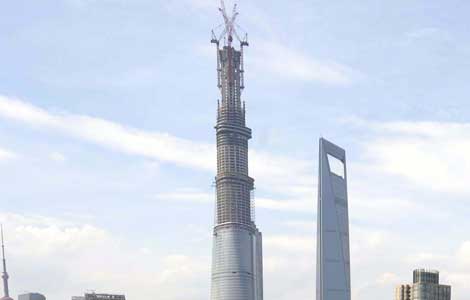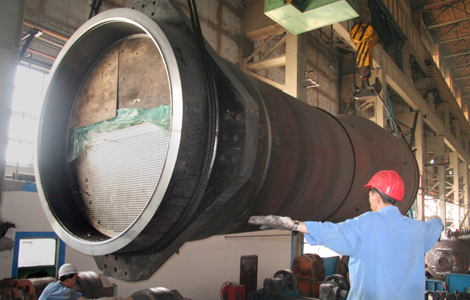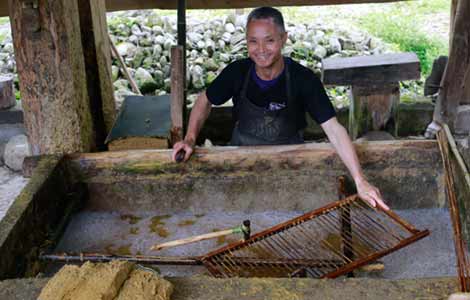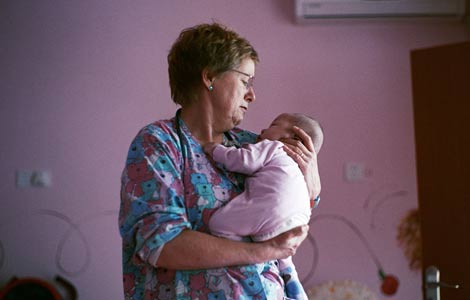Polluted river flows with carcinogens
Updated: 2013-08-08 08:06
By An Baijie in Shenqiu, Henan (China Daily)
|
||||||||
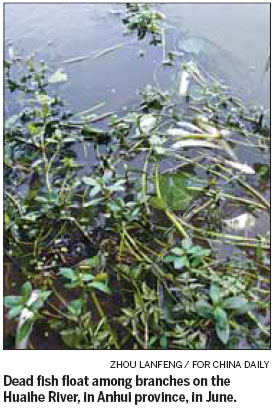
Guo Dianjun lay on a bed in a shabby hut, unable to speak clearly after nasal cancer had spread to his mouth, neck, eyes and ears.
The 62-year-old villager struggles to swallow five kinds of pills a day to contain the cancerous cells and has to sit through regular intravenous drips to maintain his salt and protein levels.
Four years ago, he was diagnosed with nasal cancer, and for the last two he has been too weak to get out of bed. He can't open his mouth wide, and he can't chew. The only solid food he eats is sausage cut into pieces by his brother.
When asked how he developed the tumors, he whispered only one word: water.
Guo and his family live in Henan province's Shenqiu county. The county's main source of drinking water is the Shaying River, a waterway that stretches 620 kilometers and is the largest distributary of the Huaihe River. Since the 1980s, the Shaying River has been severely polluted, according to the Henan Water Resources Department.
Research released in June by the Chinese Center for Disease Control and Prevention said deaths related to lung cancer in Shenqiu increased 14-fold for men and 20-fold for women between 1973 and 2005. It was the first time the central government confirmed the water pollution and high cancer rate were directly linked, said Huo Daishan, founder and director of Huaihe River Guardian, an NGO focused on water protection.
People started to notice the water was growing cloudy in the 1970s, he said. Then, as more factories sprang up in the 1980s, dead fish on its surface became a common sight.
Investigations show the groundwater has high levels of manganese and nitrite, chemical elements believed to be carcinogenic, said a Shenqiu health official who did not want to be identified.
Guo's drinking water comes from a well in his village, Wafang. It is muddy, slightly pink and foamy.
"This is the water we drink every day, with no purification," neighbor Guo Xinxiang said. He complained the water often contains red worms as long as chopsticks and as thin as threads.
The well is about 8 meters deep. Cleaner water can be found 200 meters down, "but villagers can't afford to dig that deep", he added.
Deformed fish
Villagers said the number of people diagnosed with cancer has been high in places along the Shaying River since the 1990s, prompting many residents to move away to escape the heavy pollution.
Factories such as a large gourmet powder manufacturer and a leather plant are the chief culprits, they said.
Wang Guoyong, a doctor in nearby Dongsunlou, said two of his patients - men in their 50s and 70s - died of liver cancer last year, while two new cases of stomach cancer and esophagus cancer were reported.
"In many rural areas, lots of people never go to hospital, so they have no idea what kind of disease they have," he said.
At least half of the deaths in his village were caused by cancer, he said.
Zhang Liujie in Liuji village said the fish in the Shaying River have even become deformed due to the heavy pollution.
"Once I caught fish from the river and was astonished when I was cooking them. Their bones had become twisted," the 31-year-old said. "I didn't dare eat them."
Villagers do not even feel safe swimming in the river.
Phoenix Weekly reported in 2009 that the groundwater in all of Shenqiu's towns had been contaminated, and that many villagers had to buy bottled drinking water. About 21 areas had become "cancer villages", where the disease had caused nearly half of all deaths, the report said.
Jin Xuewu, 45, a ship owner who transports river sand from the lower reaches in Anhui province to sell, said the situation there is even worse.
"When I went to Bengbu Tumor Hospital (in Anhui) last year, I found about 80 percent of cancer patients were from around the Huaihe River," he said.
Cleanup incomplete
Huo at Huaihe River Guardian said the government became aware of the pollution in the river in the early 1990s and has been dealing with the problem since then.
As early as 1993, a report by the State Environmental Protection Administration (now the Ministry of Environmental Protection) warned that pollutants in 82 percent of its reaches were above safe levels in low water seasons.
In July 1994, about 200 million cubic meters of polluted water were discharged upstream due to continuous rain, killing fish and causing water shortages for almost 1 million people.
The State Council issued a guideline in 1996 that required four provincial governments to clean up the Huaihe River by 2000.
More than 10 years after that deadline, the goal is yet to be achieved, Huo said, although the water quality has improved from Grade 5, the lowest level, to Grade 4, which qualifies it for landscape water though it remains undrinkable.
The amount of harmful elements in the Huaihe River is still much higher than the standard, he said, and nearby soil has been badly affected.
Huo urged authorities not to prioritize economic growth over the environment by turning a blind eye to faulty sewage discharges, nor act as an umbrella for polluters.
A Shenqiu environmental protection bureau official who did not want to be identified said the county government has shut down hundreds of small factories, including paper manufacturers and fertilizer producers, to protect the Huaihe River.
Two sewage treatment plants have been built and most industrial wastewater is now processed in line with government rules, he said.
However, the official added, the main sources of pollution - villagers' household sewage and waste from livestock farms - remain difficult to supervise.
The progress so far has done little to help allay the fears of villagers living near the river.
People are worried about their health, but they feel powerless to do anything, said Guo Xinxiang in Wafang.
"We want to file a lawsuit to claim compensation, but we don't even know who to accuse," he said.
Yan Ran contributed to this story.
anbaijie@chinadaily.com.cn
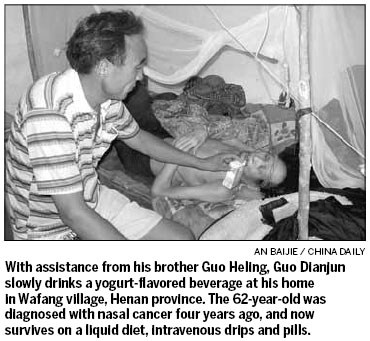
(China Daily USA 08/08/2013 page5)
Most Viewed
Editor's Picks
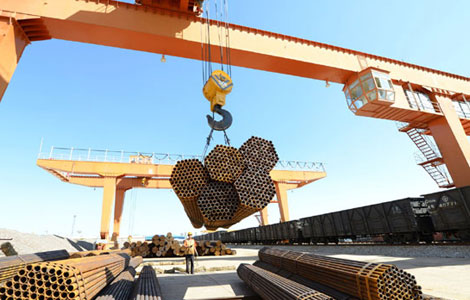
|

|

|

|

|

|
Today's Top News
China's innovation prowess looms large
US, EU concerned about stalemate in Egypt
EU to continue anti-subsidy solar probe
Nation poised to import more GMO products
Illegal Shanghai stay costs foreigner 10,000 yuan
China to be leading business travel market
Cards make paying global tuition easier
Probes not targeting foreign brands
US Weekly

|

|


